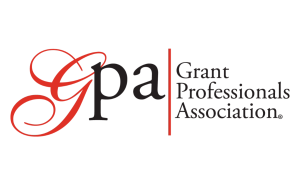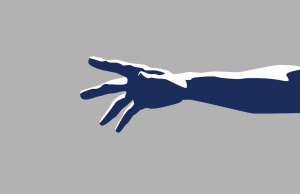A key challenge nonprofits face is that moment when it’s time to ask for money. This ask feels somewhat easier in a proposal because it seems less “personal.” But time after time, nonprofits wish / want / expect their board members and key stakeholders to make direct, personal requests for gifts.
All the charts, graphs, reports and data in the world don’t make it any easier to sit across from a potential door and say: “Will you make a $10,000 contribution to our work?”
The fundraising and development world has lots of tips and suggestions for the ask itself (e.g. do a lot of good background research, build a relationship over time, be specific, etc.). But how to help a new board member step into the role of actually asking donors to write checks?
Traditional approaches include training, orientation, “practice asks,” all kinds of preparation and coaching to bolster the confidence and sharpen the approach of a board member who has signed up to make the ask. “These steps and resources are helpful” said Thomas Boyd, chief editorial consultant for The Grantsmanship Center in Los Angeles, calif., “but maybe there’s a way to ease the board member into the role of asking.”
That way might begin by having board members say ‘thank you’ to donors and funders. Consider that instead of the obligatory (and usually perfunctory) thank you note from the executive director, the donor gets a personalized note from a board member (or in appropriate circumstances, a phone call) saying something real and specific about the gift.
There are several potential benefits from this technique. First, the board member gets practice in being the face and voice of the organization. Second, the donor gets to feel special, appreciated, and recognized. Third, the board member doing the thanking gets to hear examples of donor concerns and enthusiasms, all good material for subsequent asks.
Would your nonprofit set up such a system for very small gifts? Probably not unless your circumstances make it possible. Is there administrative work to do to support such a plan? Yes, and it’s certainly worth it if the thank-you messages energize a dormant board and please a community of donors.
This kind of thank-you role for board members is consistent with the overall (and recurring) theme of greater board engagement in the development process. An engaged and active board is better prepared when it’s time to have those face-to-face discussions about giving a donation. © Copyright 2022 The Grantsmanship Center










